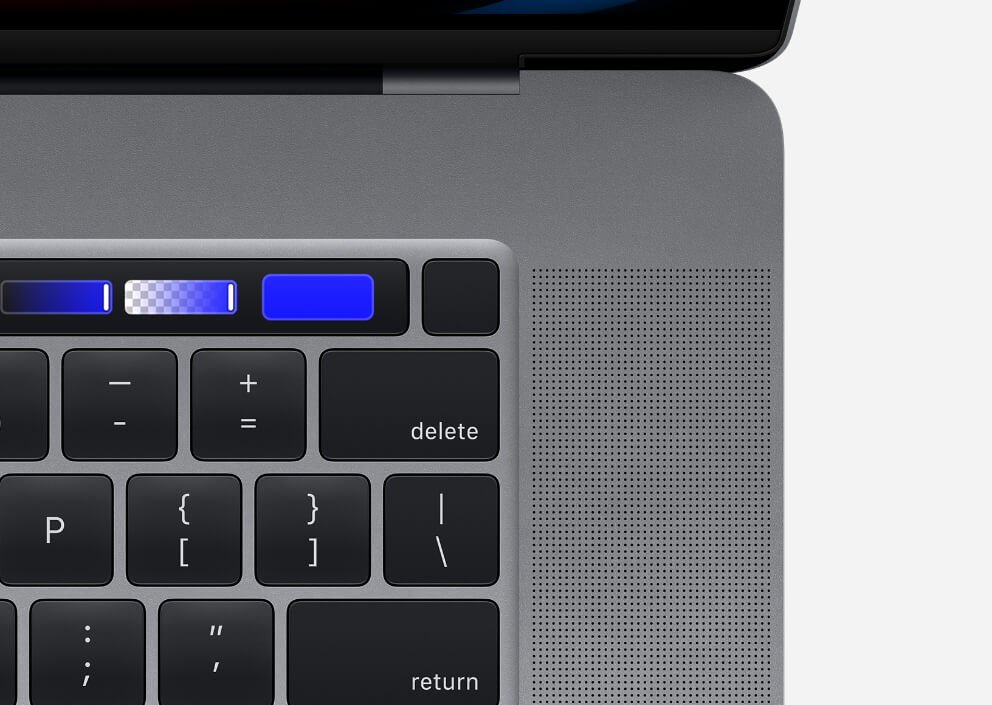

You won't see what you pasted because a line break is included. In the Finder, selectįrom the menu bar and paste into the box that opens by pressing command-V. *If you don't see the contextual menu item, copy the selected text to the Clipboard by pressing the key combination command-C. Recreate your settings in the Sound preference pane. Restart the computer and empty the Trash. You may be prompted for your administrator login password. Services ▹ Reveal in Finder (or just Reveal)įrom the contextual menu.* A folder should open with an item selected. Right-click or control-click the highlighted line and select Triple-click anywhere in the line below on this page to select it: If they do, the system is still in safe mode and sound won't work.ġ3. When you do, make sure the words "Safe Boot" do not appear in the login screen.

Don't log in just restart as usual when the login screen appears. If you have a MacBook Air, turn off Bluetooth and restart.ġ0. If more than one display is connected, disconnect all extra ones. Disconnect all wired peripherals except keyboard and mouse, if applicable. If there's no red light, the switch may still be stuck in the headphone position. I nserting any kind of tool in the port may cause damage that won't be covered by the warranty. If not, the machine needs to be serviced. You may be able to free it by inserting and removing a mini-stereo jack of the proper size. If a red light is visible in the audio-out port when sound should be playing, the internal switch is stuck in the position for digital output. If the Mute boxes are checked, uncheck them.ħ. Launch the application "Audio MIDI Setup" by entering the first few letters of its name in a Spotlight search and selecting it in the results (it should be at the top.) Select Built-in Output from the list on the left. If an AirPlay device is selected for sound output from iTunes (or from other applications via third-party software such as "Airfoil"), deselect it.Ħ. Other third-party software that has been reported to interfere with sound output includes "Boom" and "Samsung Kies." If applicable, uninstall according to the developer's instructions ( not by dragging something to the Trash.)ĥ. You should do that even if the software is not causing the problem, because it's useless.Ĥ. If you've installed an application called "Memory Clean" or any other third-party software that is supposed to "clean" or "purge" memory automatically, remove it according to the developer's instructions and restart. Make sure you have a fully up-to-date installation of OS X.ģ. It's the starting point for further efforts to solve the problem.Ģ. Start with the steps recommended in this support article.

Stop when the problem is resolved.īack up all data before making any changes.ġ. Please take each of the following steps that you haven't already tried. There are many possible reasons for sound output to fail.


 0 kommentar(er)
0 kommentar(er)
